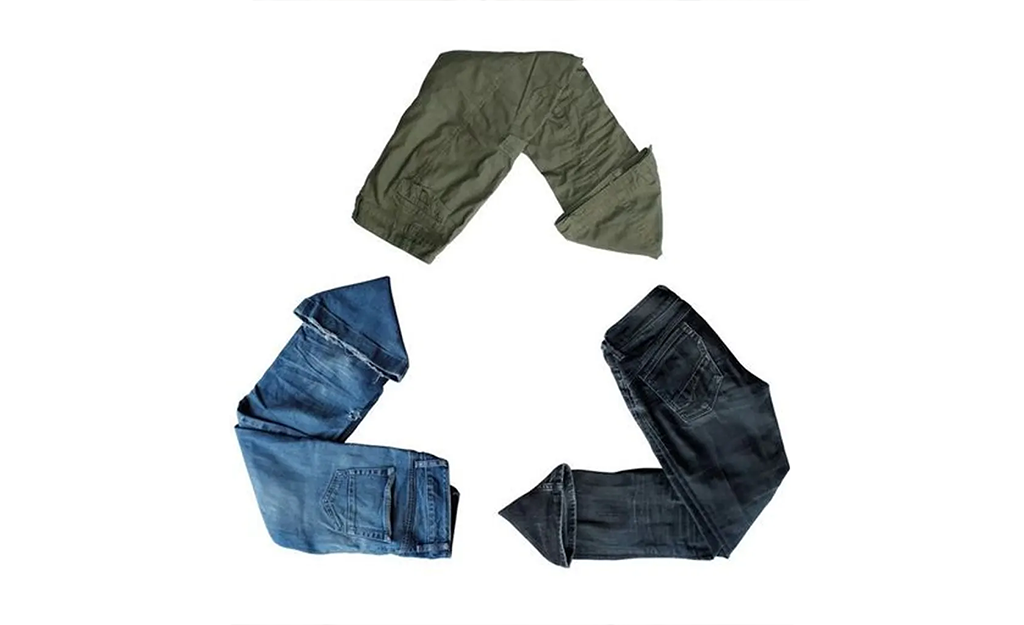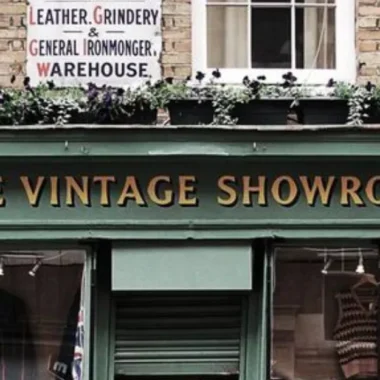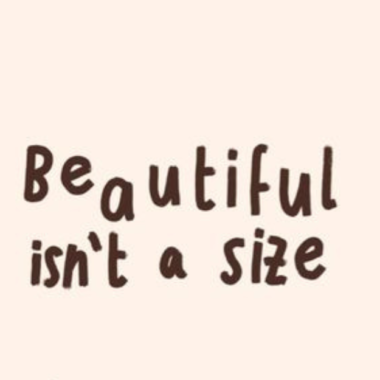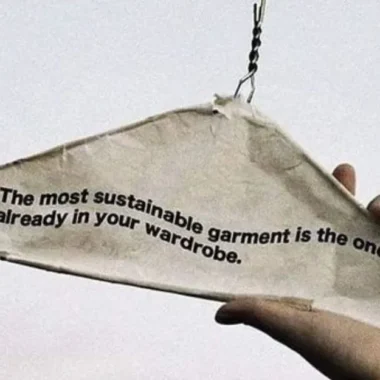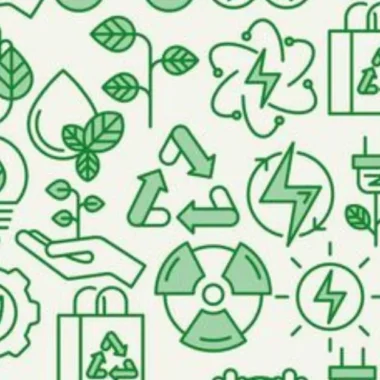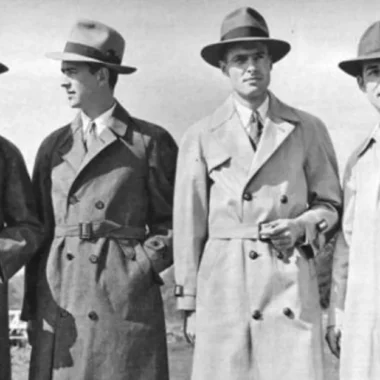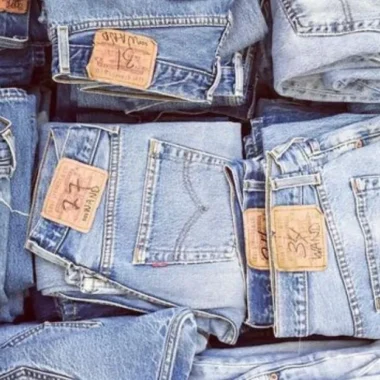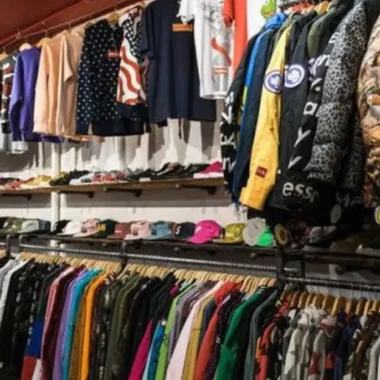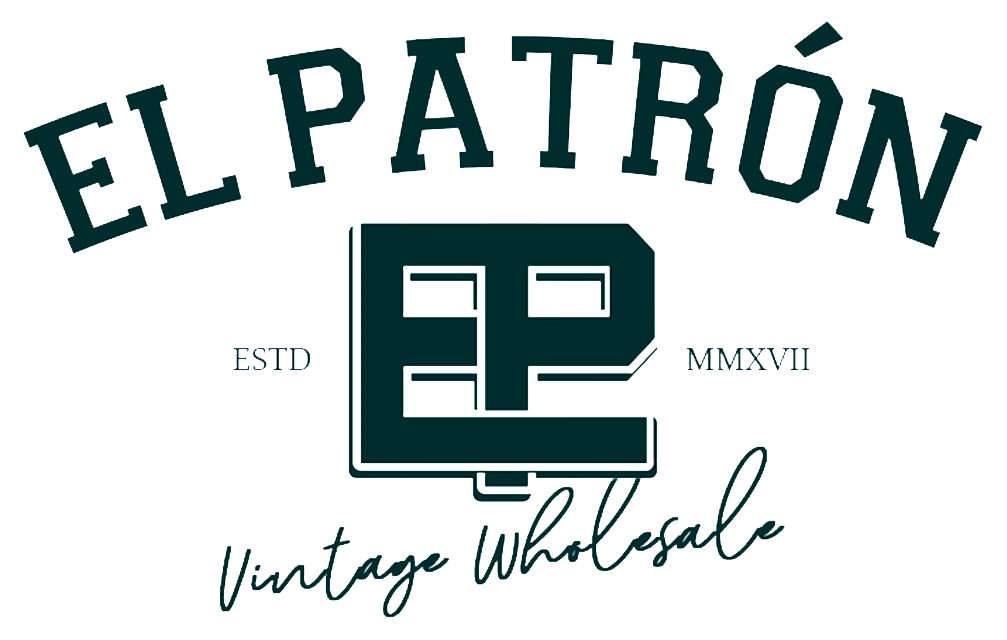Transforming clothing consumption
The circular economy is presented as a revolutionary idea in the search for a more sustainable future, especially in the fashion sector. In this blog we will talk about how the circular economy is redefining the way we dress, and in this, we highlight the crucial role played by the second-hand clothes.
What is the circular economy?
The circular economy is an economic approach that moves away from the usual sense of ''buy, use, throw away'' and seeks to adopt a more sustainable approach.
In other words, this approach seeks to maintain products and materials for as long as possible, reducing waste generation and avoiding resource depletion.
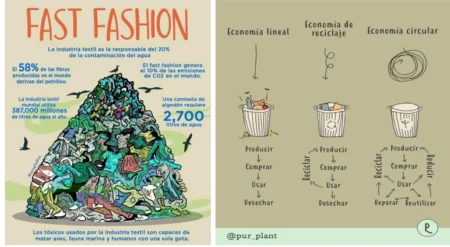
Objectives of the circular economy:
- Reduce waste: encourages the sustainable use of products and materials through the reuse and recycling.
- Preserve natural resources: As mentioned above, this movement encourages the reuse and recycling of materials and products, thereby reducing the need to extract new resources.
- Promoting efficiency: production methods are sought that are more efficient and sustainable for our planet.
Advantages of the circular economy:
- Lower environmental impact: The use of the new technology, as it keeps products and materials in use, reduces the amount of waste and the pressure on sites such as landfills that are currently overstretched.
- Efficient use of materials: maximises the lifetime of existing materials, thereby reducing the creation and production of new resources.
- Boosting the local economy: This movement can generate employment through activities such as repair, reuse and recycling.
Examples of circular economy in second-hand clothing
- Sales platforms: Online platforms such as Vinted o Wallapop allow clothing that is no longer in use to be passed on to a new owner, thus extending the life of the garment and reducing the need to create a new product.
- Clothing exchange events: the exchange events The clothing shops encourage the circulation of clothes between people, which encourages reuse and the creation of sustainable communities.
- Second-hand shops: the local second-hand shops not only offer a sustainable alternative to the usual fashion, but also contribute to the local economy.
- Upcycling projects: is something as simple as taking an old garment that you no longer wear and transforming it into a completely new garment that can be put to a new use; in this way we give a new life to that garment and at the same time reduce the need to create new products.
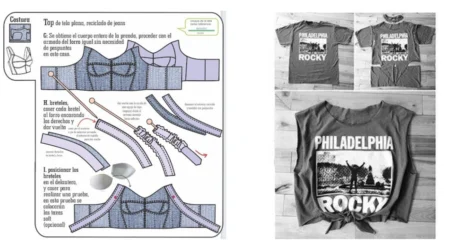
The circular economy of fashion is not only a response to the overproduction and exploitation of materials, but also a radical transformation in the way we view and consume fashion. By embracing reuse and recycling, we are opening the door to a more sustainable future in which fashion is a conscious and circular expression of our lifestyle.
Ready to get started in this movement? Participate in exchange events, visit local shops and consider selling or selling your own products. buy used clothes on online platforms. Every garment has a story to tell, and by embracing the circular economy, you are joining a bigger story: fashion's shift towards a more sustainable future. Take action today to wear a more sustainable and conscious tomorrow!

